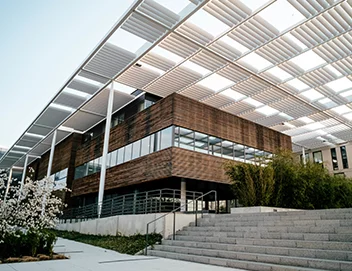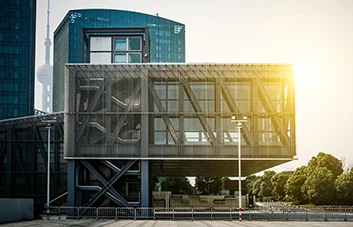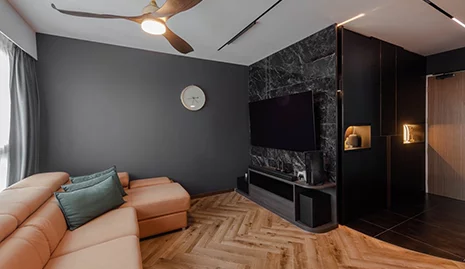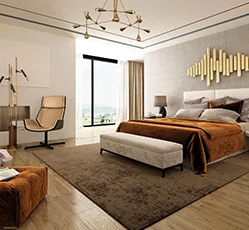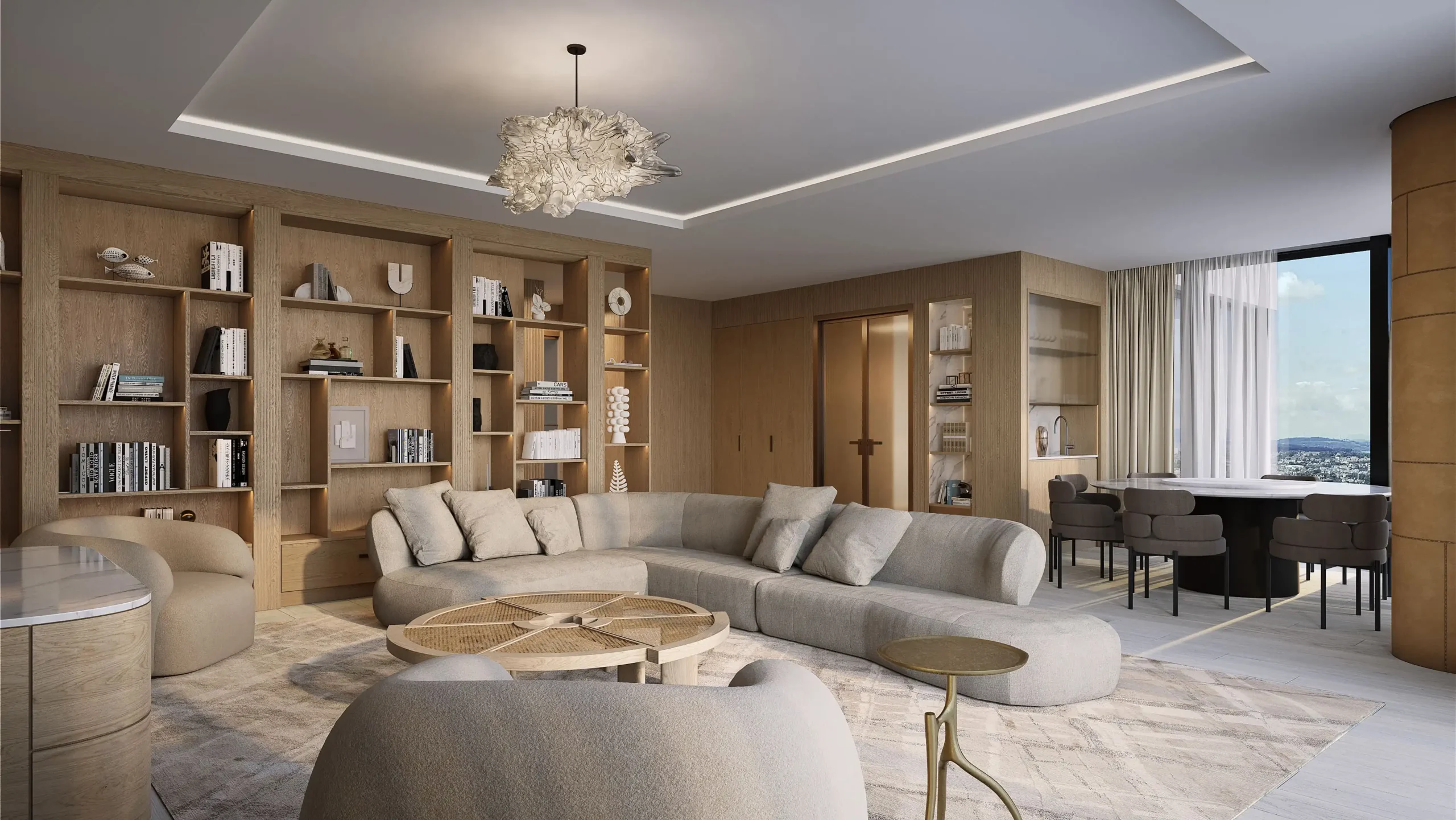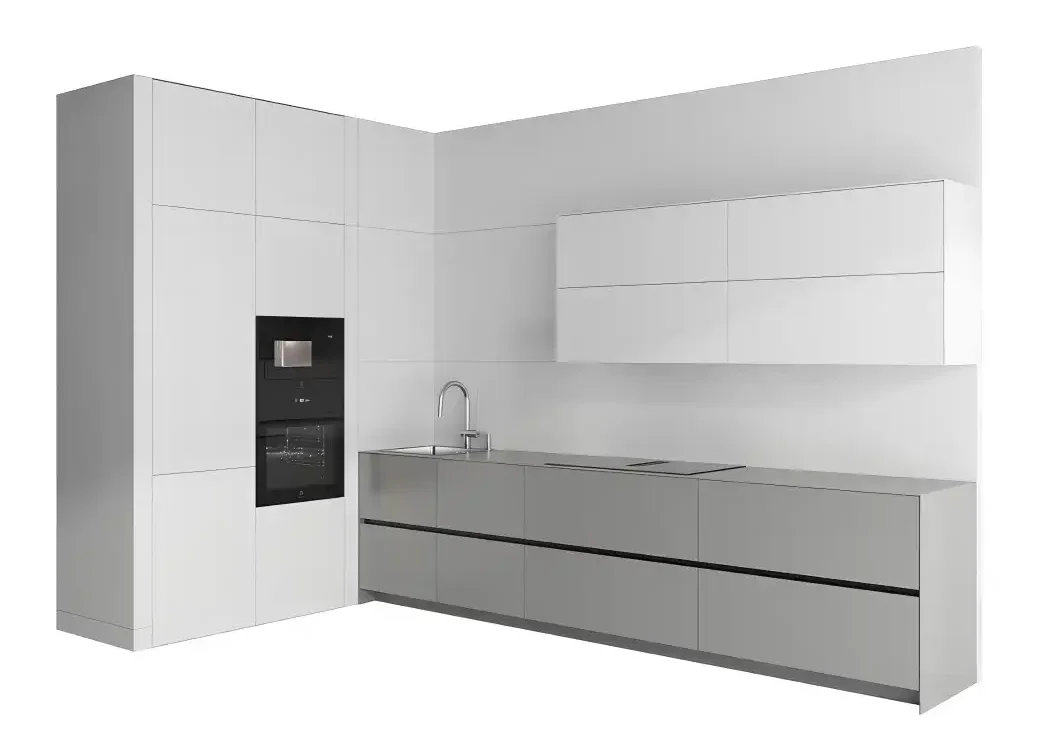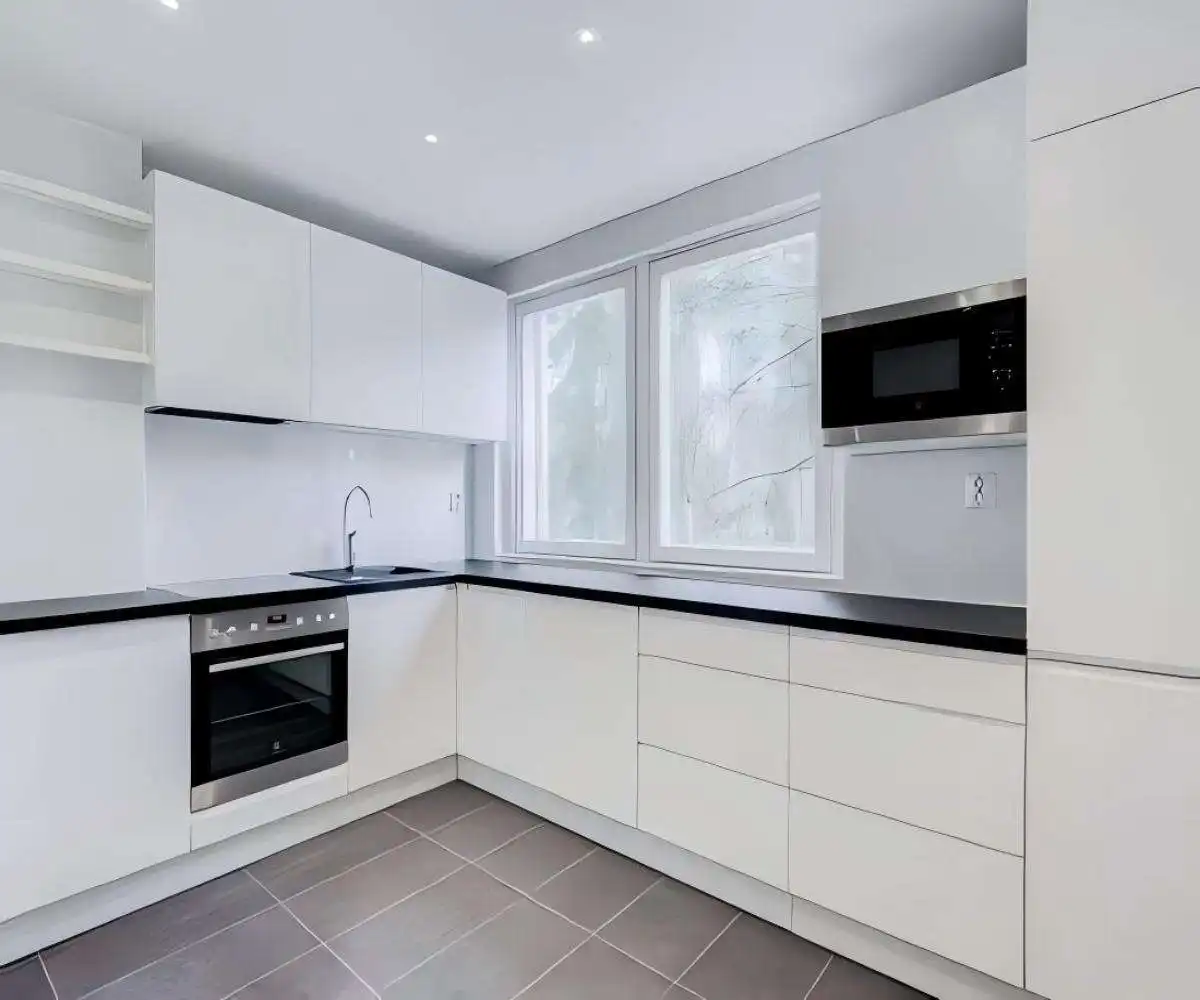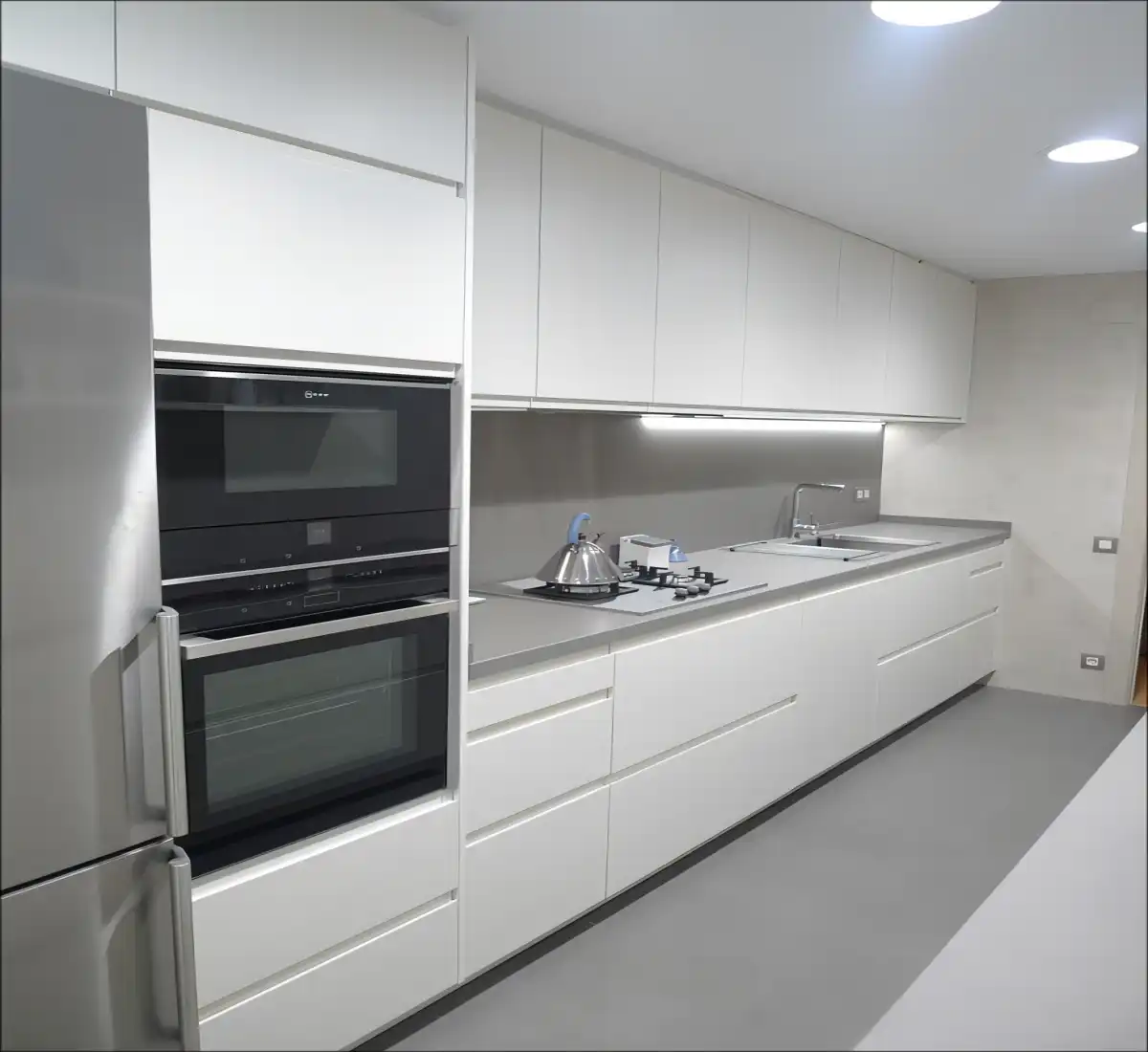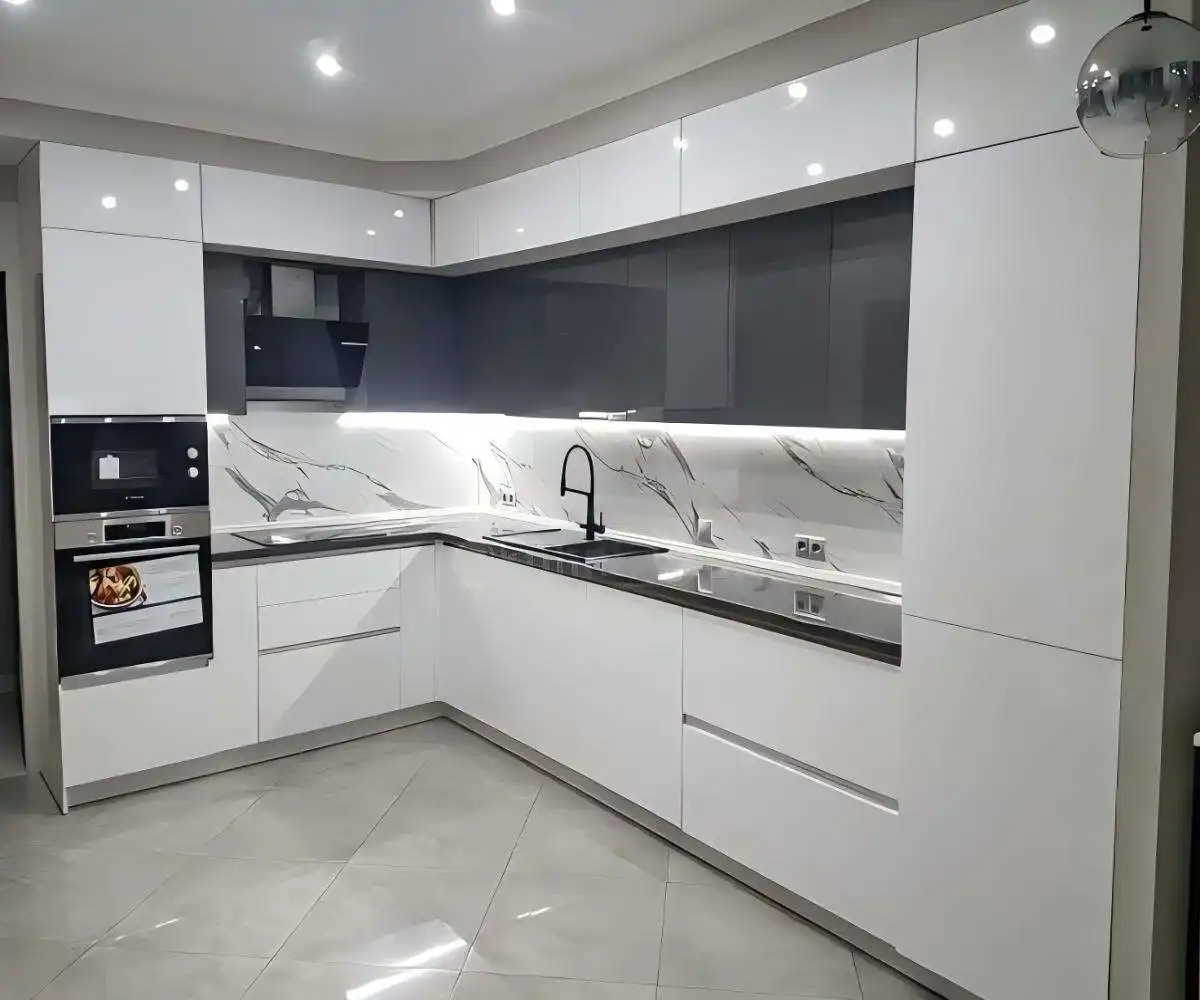Introduction: The Timeless Appeal of White Kitchen Cabinets
White kitchen cabinets have maintained their position as the most popular design choice for over a decade, defying transient trends and aesthetic shifts. In an era of evolving color palettes and material innovations, their enduring popularity demands analysis beyond mere aesthetic preference. This article explores the multifaceted reasons behind white cabinetry’s sustained dominance in modern kitchen design.
Related Articles:
2026 Wall Kitchen Cabinet Designs: Small Kitchen Space-Saving Ideas
ألوان خزانة المطبخ 2025-2026: الاتجاهات ودليل الاختيار والتشطيبات
Economic Value of White Kitchen Cabinets
Economic Value Proposition
Kitchen remodels featuring white cabinetry deliver superior ROI compared to other color schemes, with minor renovations achieving 77% return—surpassing dark cabinet remodels by 5 percentage points (Home Digest, 2025). The National Kitchen and Bath Association attributes this to three factors:
- Broader market appeal– White kitchens appeal to 83% of potential buyers vs. 67% for colored alternatives
- Timeless depreciation resistance– White cabinetry shows 31% less style depreciation over 10 years
- Material cost efficiency– White laminate options cost 22% less than exotic wood finishes while maintaining similar resale value
Design Evolution and Contemporary Adaptations
While monochromatic white kitchens decreased 12% since 2023, white remains the foundational element in 89% of trending designs. Contemporary adaptations include:
- Glass-front accents(36% adoption rate) introducing visual depth while maintaining brightness
- Natural wood integration(41% of renovations) balancing sterile minimalism with organic warmth
- Strategic color blocking white as neutral base for bold back splashes (57% increase in colored back splash installations)
Aesthetic and Spatial Advantages
Design Versatility and Style Adaptability
White cabinetry functions as a neutral foundation that accommodates evolving design trends. This adaptability manifests in several ways:

Color Scheme Flexibility
- Serves as backdrop for any accent color, from muted earth tones to vibrant hues
- Enables easy updates through paint changes to walls, backsplashes, or accessories
- Supports seasonal decor transitions without major renovations
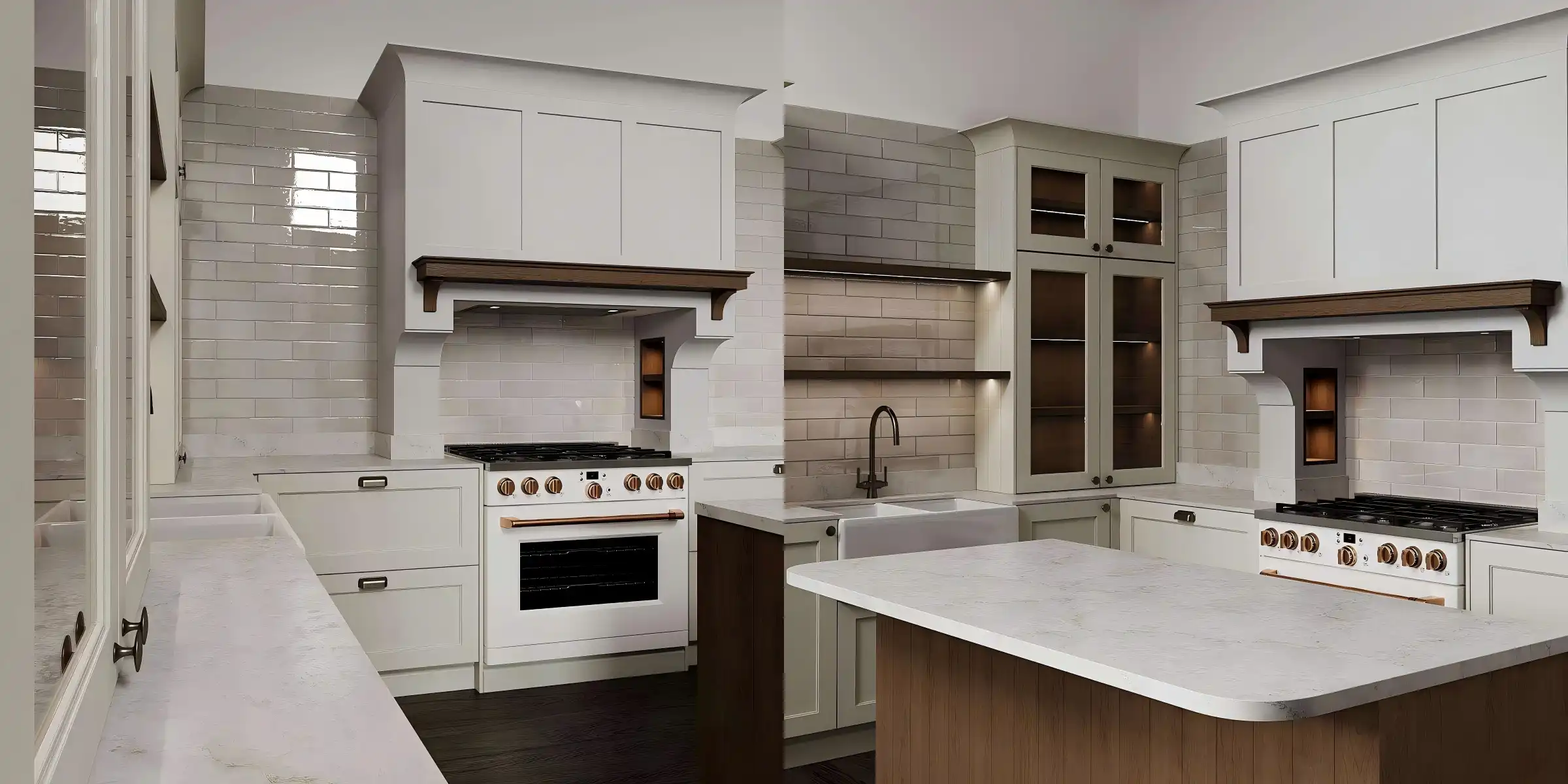
Style Compatibility
- Traditional: Pairs with crown molding and raised-panel details
- Modern: Complements sleek hardware and minimal ornamentation
- Farmhouse: Works with apron sinks and open shelving
- Industrial: Balances metal elements and exposed brick
This versatility explains why white cabinets remain popular across architectural styles, from Victorian renovations to contemporary new builds.
Material Harmony
White cabinets create harmonious relationships with premium materials:
- Natural stone countertops (marble, quartzite, soapstone)
- Wood elements (hardwood floors, butcher block islands)
- Metal finishes (brass, nickel, black iron hardware)
- Glass and ceramic tile backsplashes
Functional and Practical Benefits
Maintenance and Durability
Advancements in coating technology have addressed historical concerns about white cabinetry maintenance. Modern finishes offer:
- Stain resistance: Nano-ceramic coatings create a hydrophobic surface that repels liquids and oils
- Scratch concealment: Textured finishes minimize the appearance of minor abrasions
- UV stability: Titanium dioxide additives prevent yellowing from sunlight exposure
Consumer testing shows that contemporary white cabinet finishes maintain their appearance for 8-10 years with proper care, comparable to high-quality wood stains.
Daily maintenance benefits include:
- Visible dirt and spills are detected and addressed promptly
- Standard household cleaners are effective without specialized products
- Touch-up paint is readily available for minor repairs
- Fingerprints are less visible on matte and textured finishes
Hygiene and Health Considerations
White cabinetry offers distinct advantages in kitchen hygiene:
- Visual cleanliness: White surfaces provide immediate visual feedback about cleanliness
- Mold detection: Early signs of moisture issues are visible sooner than on dark surfaces
- Allergen reduction: Smooth, non-porous white finishes minimize dust accumulation
Hospitality industry research indicates that white kitchen environments reduce perceived microbial contamination by 47% compared to dark alternatives, contributing to overall perceptions of cleanliness and food safety.
Environmental Sustainability
Material Efficiency and Resource Conservation
White cabinetry supports sustainable design principles through:
- Material optimization: White finishes can transform lower-grade woods into premium-appearing cabinetry
- Recycl ability: Thermofoil and laminate white cabinets have higher recycling rates than painted wood alternatives
- Longevity: The timeless nature of white design reduces replacement frequency and associated material consumption
The Kitchen Cabinet Manufacturers Association’s Environmental Stewardship Program reports that white laminate cabinets have a 35% lower carbon footprint than custom stained wood cabinets when considering their full life cycle.
Energy Efficiency Contributions
White kitchen cabinets indirectly support energy conservation by:
- Reflecting light to reduce artificial lighting requirements
- Creating the perception of warmth, potentially lowering thermostat settings
- Enabling smaller, more targeted lighting fixtures
A study by the American Council for an Energy-Efficient Economy found that white kitchens required 19% less lighting energy than dark kitchens, with proportional reductions in associated carbon emissions (ACEEE, 2024).Design Trends and Future Directions
Current Evolution in White Cabinet Applications
While all-white kitchens have declined from 43% to 29% of new installations since 2023, innovative adaptations of white cabinetry continue to emerge:
Two-Tone Configurations
- Upper white cabinets with wood-toned lowers (41% adoption rate)
- White perimeter cabinets with colored island (27% of renovations)
- White base cabinets with contrasting uppers (16% growth in 2025)
Material Combinations
- White cabinet fronts with natural wood frames
- Glass inserts in upper white cabinets (36% market share)
- Mixed finishes (matte white lowers with gloss white uppers)
Texture Integration
- Shaker-style doors (61% market share)
- Beaded inset details
- Raised panel designs for traditional contexts
Frequently Asked Questions
Q1: Do white kitchen cabinets show more dirt than darker alternatives?
A: Modern white cabinets with nano-ceramic coatings reduce visible dirt by 40% compared to traditional finishes (Surface Technology Institute, 2025). While light surfaces theoretically reveal more particulate matter, consumer satisfaction studies show no significant difference in perceived cleanliness between white and gray cabinets when properly maintained (J.D. Power Kitchen Satisfaction Study, 2025).
Q2: Are all-white kitchens going out of style in 2025?
A: Pure white kitchens have declined from 43% to 29% of new installations, but white remains the primary cabinet color in 89% of designs. The trend has shifted toward strategic contrast—61% of homeowners now pair white upper cabinets with wood-toned or colored lower cabinets (Houzz 2025 Trends Report). This approach maintains brightness while adding visual interest.
Q3: What counter top materials best complement white cabinets?
A: Quartz (41%) and marble-look porcelain (27%) are the top choices, offering durability with subtle veining that adds dimension without overwhelming the white palette. Black counter tops (8%) serve as striking accents, particularly for kitchen islands (18% adoption rate for contrast islands) (Floor Covering Weekly, 2025).
Q4: How do I prevent yellowing of white cabinets over time?
A: Select cabinets with UV-resistant finishes (look for AAMA 2604 certification) and avoid direct sunlight exposure. Modern water-based paints contain titanium dioxide stabilizers that reduce yellowing by 75% compared to oil-based alternatives. Proper ventilation also plays a critical role—kitchens with range hoods show 32% less yellowing after 5 years (Paint Quality Institute, 2025).
Q5: Are white cabinets suitable for small kitchens?
A: White cabinets remain the optimal choice for small spaces, reflecting 27% more light than gray alternatives and creating the perception of expanded square footage. When paired with strategic lighting (under-cabinet LEDs and pendant lights), white cabinets can make a 100 sq ft kitchen appear 30% larger (Architectural Digest Design Lab, 2025).
Conclusion: The Case for White Kitchen Cabinets
The enduring popularity of white kitchen cabinets stems from their unique combination of aesthetic, economic, and practical benefits. As demonstrated through comprehensive market analysis, these advantages include:
- Economic value with proven ROI and resale premium
- Design versatility across styles, materials, and color schemes
- Light-enhancing properties that maximize space perception
- Technological advancements in finishes that address maintenance concerns
- Environmental benefits through material efficiency and light optimization
For those considering kitchen renovations white cabinetry offers the rare combination of timeless appeal and current market favor, providing both immediate enjoyment and future financial benefit. As material science and design innovation continue, white kitchen cabinets will undoubtedly maintain their position as the intelligent choice for modern kitchens.

